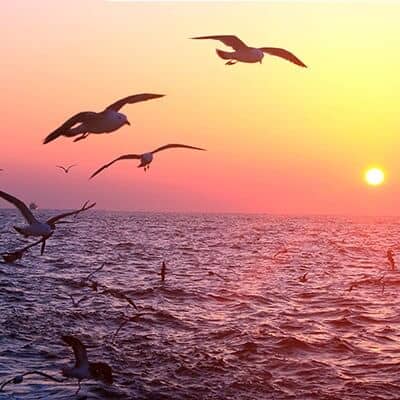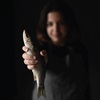Cooking with Cape Hake is always an absolute pleasure. It's a fish that is as sustainable as it is delicious, which means that future generations will get to enjoy everyone's favourite seafood!

Prep time
30 mins
Cooking Time
60 mins
Serves
4
Ingredients
- 4 - 6 large waxy potatoes, scrubbed
- 1 large brown onion, peeled
- 400g MSC certified hake fillets, sliced into sections
- 250ml cream
- 4 cloves of garlic, crushed
- 2 sprigs of rosemary
- 3 tablespoons grainy mustard
- Coarse ground sea salt and black pepper
- Olive oil
- 4 tablespoons breadcrumbs
- 100g Parmesan, grated
Method
- Pour the cream into a saucepan and set over low heat. Stir in the mustard and garlic. Strip the rosemary leaves from their stalks and add to the cream mixture. Season with salt and black pepper. Once combined and slightly thickened, remove the mustard cream sauce from the heat and set aside.
- Using a mandolin or a very sharp knife, slice the potatoes and onions very thinly. Place the potato slices into a bowl of cold water to remove extra starch. Drizzle a little olive oil into a large ovenproof dish and cover the base with potato and onion slices. Arrange a few pieces of the hake over the onions and pour over some of the mustard cream sauce. Season with salt and pepper.
- Cover with a second layer of potato and onion slices and repeat with the fish, mustard cream sauce and seasoning. Layer and repeat until the dish is full.
- To finish it off, layer a final covering of potato, scatter over the breadcrumbs and grated Parmesan and drizzle with olive oil. Bake the dish in a preheated 180°C oven for an hour before increasing the temperature to 220°C for the final 20 minutes. The dish is ready when the top layer is golden brown, crisp and bubbling.
- Serve the Hake and Potato Bake with a crisp green salad and garlic bread.


